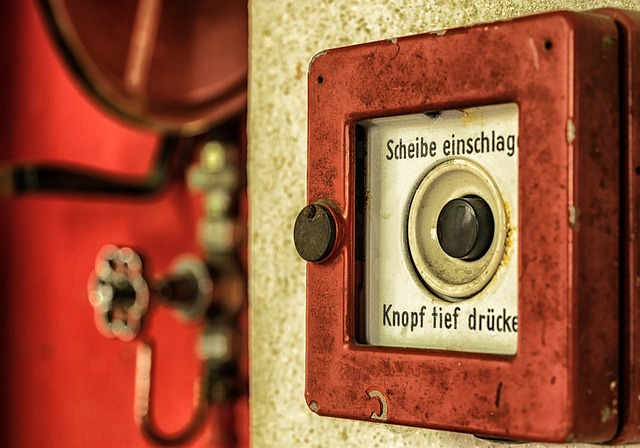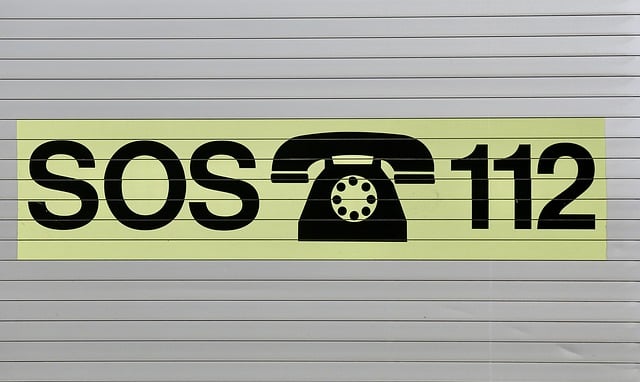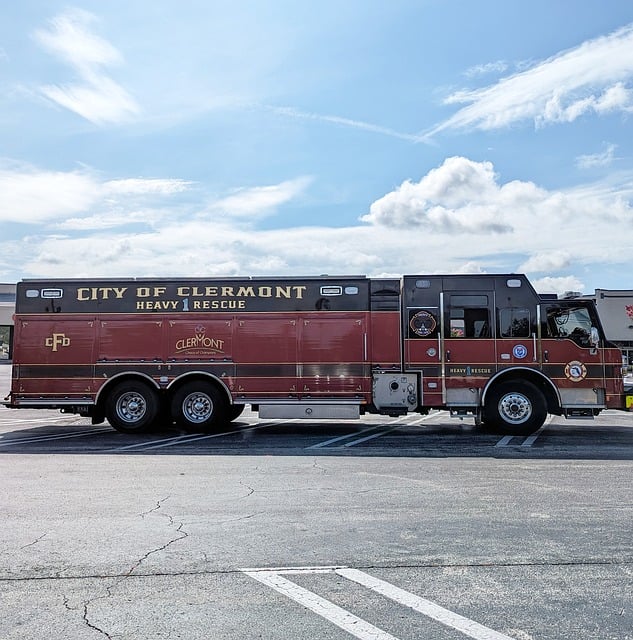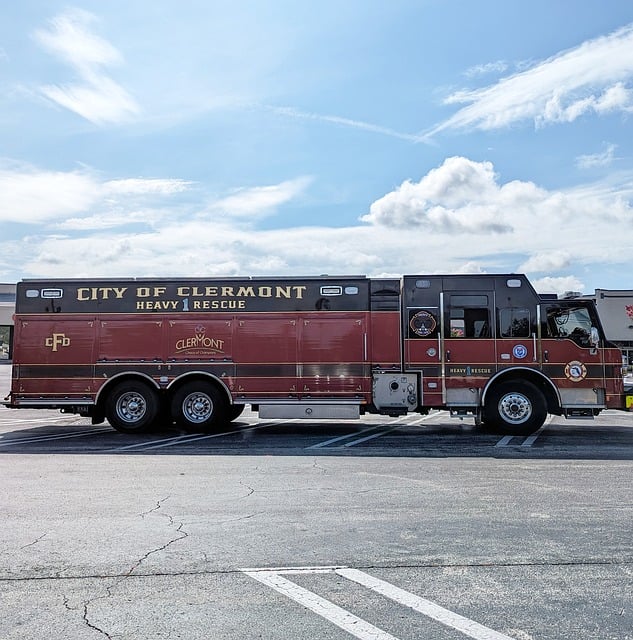When preparing for emergencies, having a reliable flashlight with emergency features is essential. The best flashlights for emergency preparedness are those equipped with high-performance lithium batteries, such as 18650 or AA lithium-ion types, to ensure longevity and brightness in critical situations. These flashlights should be constructed from durable materials like aircraft-grade aluminum or impact-resistant polymers and feature a waterproof design to withstand harsh environments. With at least 100 lumens for everyday emergencies and up to 1000 lumens for long-range illumination, these flashlights should also offer various lighting modes, including standard, strobe, and SOS signals, to help users navigate in the dark and signal for help if necessary. The best emergency flashlights are those that combine high-quality illumination with multifunctional capabilities, making them indispensable tools in your preparedness arsenal.
When disaster strikes, reliable lighting can be a matter of safety and survival. In the realm of emergency preparedness, flashlights for emergency kits serve as indispensable tools, offering visibility and security in unpredictable situations. This article delves into the essential characteristics of versatile flashlights, crucial for long-term emergencies. From durability to adaptability, we explore key features, battery considerations, and light output factors that ensure your flashlight is a dependable ally when you need it most. Additionally, we’ll examine additional features such as signal functions and multiple light modes that can enhance your response to diverse scenarios. Illuminate your path to preparedness with the right flashlight for emergency kits.
- Understanding the Role of Flashlights in Emergency Situations
- Key Features to Look for in a Quality Emergency Flashlight
- Versatile Flashlight Types Suitable for Emergency Kits
- Battery Considerations and Power Options for Long-Term Emergencies
- Flashlight Durability: Materials and Resistance Against Harsh Conditions
- Light Output and Visibility: Choosing the Right Lumens for Your Needs
- Additional Features: Signal Functions and Multiple Light Modes for Diverse Situations
Understanding the Role of Flashlights in Emergency Situations

In emergency situations, reliable lighting can be the difference between safety and disorientation. Flashlights for emergency preparedness are indispensable tools in any disaster kit, providing illumination when power outages or unpredictable environments obscure visibility. Their role extends beyond mere visibility; they serve as a signal for rescue parties, assist in navigating through darkened areas, and can even deter potential threats by lighting up one’s surroundings. The versatility of these devices means they must be durable, dependable, and user-friendly under stress. A high-quality flashlight will feature a sturdy construction to withstand rough handling, an efficient design that resists the elements, and a long-lasting power source, such as rechargeable batteries or replaceable alkaline cells. Moreover, features like adjustable brightness settings can conserve energy for extended use and maintain a balance between visibility and battery conservation. Flashlights designed specifically for emergency preparedness often come with additional functions like SOS signals or red lens options to preserve night vision, making them essential components of any comprehensive emergency plan. Understanding the role of flashlights in emergency situations underscores their importance as a critical piece of equipment in one’s arsenal against unforeseen events, ensuring readiness and peace of mind for when the unexpected occurs.
Key Features to Look for in a Quality Emergency Flashlight

When selecting a flashlight for your emergency preparedness kit, it’s crucial to consider several key features that can influence its effectiveness during unexpected events. A high-quality emergency flashlight should be compact and durable, ensuring it can withstand harsh conditions and fit easily into tight spaces or within a packed kit. Look for flashlights designed with a sturdy construction, typically made from anodized aluminum or a similar robust material that resists corrosion and shocks. Additionally, the flashlight should have a secure grip to prevent it from slipping out of wet or nervous hands during use.
Brightness and beam intensity are also vital aspects to assess. A luminous output is necessary for signaling for help over long distances, while a more focused beam can be useful for illuminating nearby areas in detail. A reliable flashlight will offer multiple light modes, including high, medium, low, and strobe or SOS settings, allowing users to conserve battery life when full brightness isn’t required. Battery efficiency is another key feature; opt for models with long-lasting rechargeable batteries or those that use easily replaceable alkaline batteries. Lastly, the flashlight should be waterproof and have an impact-resistant lens to ensure it operates in wet conditions or if accidentally dropped. By considering these features, you can choose a flashlight that will serve as a reliable tool for emergency preparedness and illuminate your path through unexpected darkness.
Versatile Flashlight Types Suitable for Emergency Kits

When assembling an emergency kit, a versatile flashlight is an indispensable tool for ensuring safety and visibility during power outages or unexpected nighttime situations. Flashlights designed specifically for emergency preparedness are robust and reliable, featuring durable construction to withstand harsh conditions. These flashlights often come with multiple modes, including high, medium, and low intensity settings, which conserve battery life and extend operational time when resources are limited.
Moreover, the best flashlights for emergency kits incorporate features such as LED technology for longer-lasting brightness and shock resistance to withstand accidental drops. They also tend to be compact and lightweight, making them easy to pack and carry without adding unnecessary bulk to your kit. Additionally, some models offer multi-functionality by including options like a strobe setting for signaling or an SOS pattern for distress signaling. Waterproof and dust-resistant designs ensure that these flashlights can provide illumination even in wet or dusty environments, further enhancing their utility during emergencies. When selecting a flashlight for your emergency kit, prioritize durability, versatility, and battery life to guarantee you have a dependable source of light when you need it most.
Battery Considerations and Power Options for Long-Term Emergencies

When assembling a flashlight for emergency preparedness, battery considerations are paramount for ensuring long-term reliability during unexpected situations. High-quality lithium batteries, such as 18650 or AA lithium-ion types, offer a balance between longevity and power output. They are rechargeable, which is a significant advantage over single-use alkaline batteries, especially in prolonged emergencies. The choice between rechargeable and disposable options should be based on the user’s preference for environmental sustainability versus the convenience of swapping out depleted cells. Additionally, flashlights with multiple power settings can optimize battery life by adjusting brightness as needed, from a dimmed light for extended periods to a brighter mode for critical tasks or visibility over greater distances. For emergencies that may span several days or weeks, it’s advisable to include extra batteries or a means to recharge cells, such as a solar charger or a crank-powered generator, in your emergency kit. This redundancy ensures that your flashlight remains a dependable tool when you need it most. Furthermore, consider flashlights with built-in power indicators; they provide insight into remaining battery life, allowing for better preparation and decision-making in the face of an emergency.
Flashlight Durability: Materials and Resistance Against Harsh Conditions

When disaster strikes, the reliability of your gear can be a matter of survival. Flashlights for emergency preparedness must stand up to the rigors of unexpected situations. Durability is paramount as these tools are expected to perform under harsh conditions. High-quality flashlights are crafted from robust materials like aircraft-grade aluminum or durable polymer compounds, ensuring they can withstand drops, dings, and dust without failing when you need them most. These materials also offer protection against water exposure, a critical feature when navigating wet environments during an emergency. The construction of these flashlights often includes a hard-anodized finish that not only adds to their longevity but also enhances their resistance to corrosion and wear from frequent use. The result is a reliable light source capable of enduring the elements, ensuring that users can depend on it for illumination during power outages, natural disasters, or any unforeseen event that necessitates emergency preparedness. Flashlights designed with these materials and resistance capabilities are essential components of any comprehensive emergency kit.
Light Output and Visibility: Choosing the Right Lumens for Your Needs

When assembling an emergency kit, selecting a flashlight that offers the appropriate light output is paramount for ensuring visibility in unpredictable situations. Flashlights for emergency preparedness come with varying lumens, which dictate the brightness of the beam they emit. For general emergency use where immediate visibility up to a distance of 100 feet is required, a flashlight with a minimum of 100 lumens is advisable. This level of brightness can help navigate through dark environments, illuminate hazards, or signal for help. However, for more intense scenarios such as search and rescue operations where visibility over greater distances or in darker spaces is essential, a high-lumen flashlight—ranging from 500 to 1000 lumens—will prove more effective. These higher lumen outputs can light up areas up to 300 feet away, making them ideal for outdoor rescue missions or navigating through power outages in large spaces.
Beyond the lumens, consider the beam type as well. A focused beam is beneficial for long-distance signaling or illuminating objects at a distance, while a wider beam with lower lumens is better suited for close-up tasks like reading a map or working on a task within an enclosed space. Additionally, some flashlights offer multiple lighting modes, including strobe and SOS settings, which can be crucial in signaling for help during emergencies. When selecting a flashlight for emergency preparedness, prioritize the lumens that align with your expected use case to ensure you have reliable visibility when it’s most needed.
Additional Features: Signal Functions and Multiple Light Modes for Diverse Situations

When assembling an emergency kit, the inclusion of a versatile flashlight is paramount for ensuring safety and navigability in unexpected situations. A top-tier flashlight for emergency preparedness should boast signal functions that extend beyond mere illumination. These signal features can be a game-changer when trying to attract attention or communicate with rescuers. Features like strobe, SOS, and steady beams can serve as distress signals that comply with international standards for signaling in emergencies. Moreover, the ability to signal for help is not the only consideration; adaptability is key. A flashlight with multiple light modes allows users to conserve battery life by choosing the exact level of brightness needed for a given task or environment. Whether it’s a moonless night or a rescue operation under dense foliage, a high-quality emergency flashlight will offer settings from a dim glow to a blinding searchlight intensity. This versatility ensures that users are prepared for a wide array of scenarios, making the flashlight an indispensable tool in any emergency kit. The best flashlights for emergency preparedness combine these signal functions and multiple light modes, offering users both the means to navigate in the dark and the ability to communicate distress effectively.
When assembling an emergency kit, prioritizing versatile flashlights for emergency preparedness is crucial. They are indispensable tools that can enhance safety and navigation during unexpected events. A quality emergency flashlight should boast features such as durability, varied light modes, and robust battery power to endure prolonged outages. Selecting a flashlight with the right lumen output ensures visibility for critical tasks, while additional functions like signaling capabilities can be vital in diverse situations. In conclusion, incorporating a versatile flashlight tailored to your needs into your emergency kit is a step toward being prepared and increasing your chances of handling emergencies effectively.
